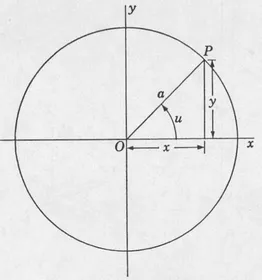
Lectures on Classical Differential Geometry
Second Edition
Dirk J. Struik
- 240 pagine
- English
- ePUB (disponibile sull'app)
- Disponibile su iOS e Android
Lectures on Classical Differential Geometry
Second Edition
Dirk J. Struik
Informazioni sul libro
Elementary, yet authoritative and scholarly, this book offers an excellent brief introduction to the classical theory of differential geometry. It is aimed at advanced undergraduate and graduate students who will find it not only highly readable but replete with illustrations carefully selected to help stimulate the student's visual understanding of geometry. The text features an abundance of problems, most of which are simple enough for class use, and often convey an interesting geometrical fact. A selection of more difficult problems has been included to challenge the ambitious student.
Written by a noted mathematician and historian of mathematics, this volume presents the fundamental conceptions of the theory of curves and surfaces and applies them to a number of examples. Dr. Struik has enhanced the treatment with copious historical, biographical, and bibliographical references that place the theory in context and encourage the student to consult original sources and discover additional important ideas there.
For this second edition, Professor Struik made some corrections and added an appendix with a sketch of the application of Cartan's method of Pfaffians to curve and surface theory. The result was to further increase the merit of this stimulating, thought-provoking text — ideal for classroom use, but also perfectly suited for self-study. In this attractive, inexpensive paperback edition, it belongs in the library of any mathematician or student of mathematics interested in differential geometry.
Domande frequenti
Informazioni
CHAPTER 1
CURVES






